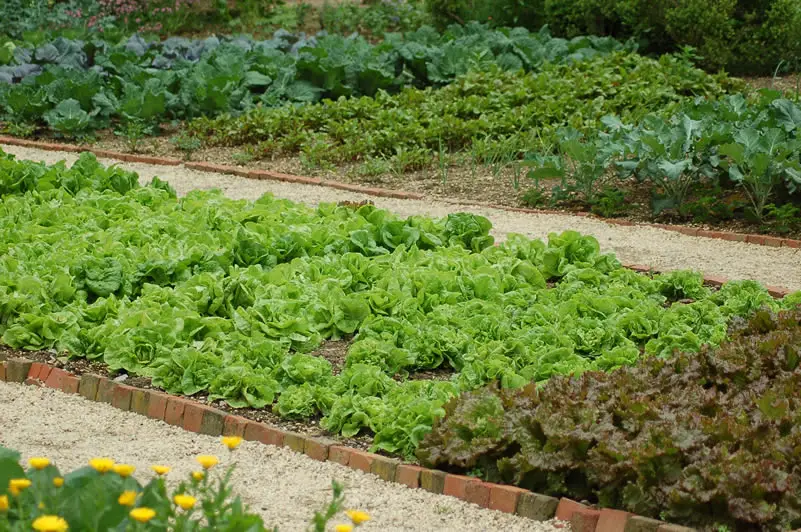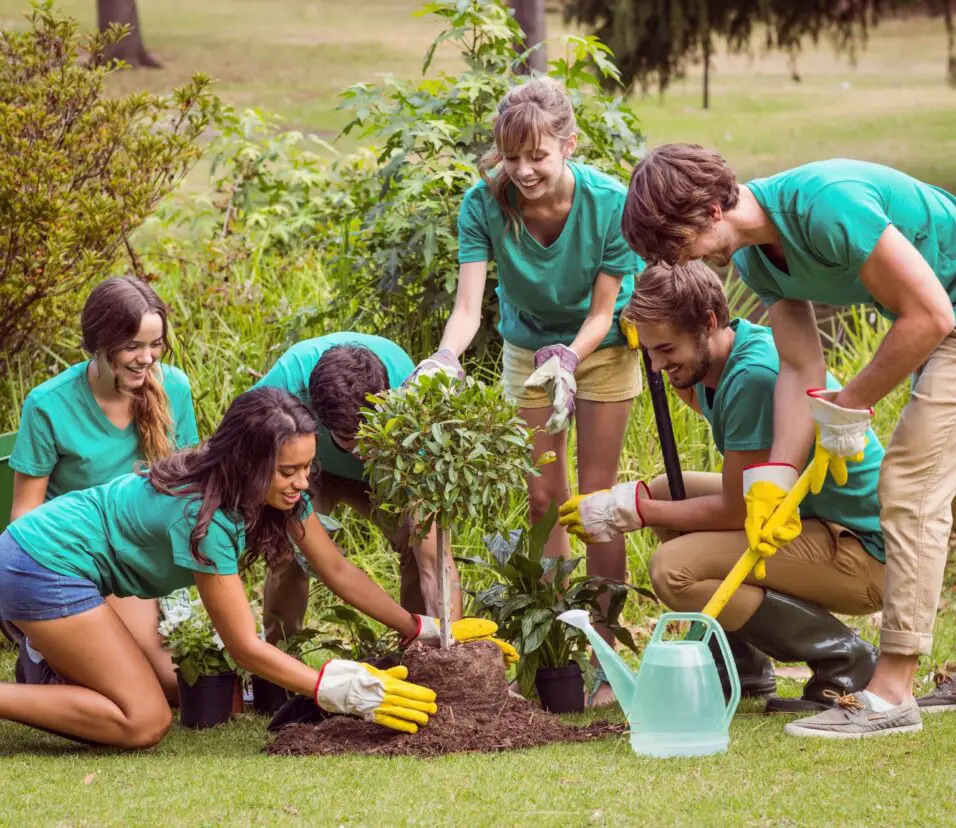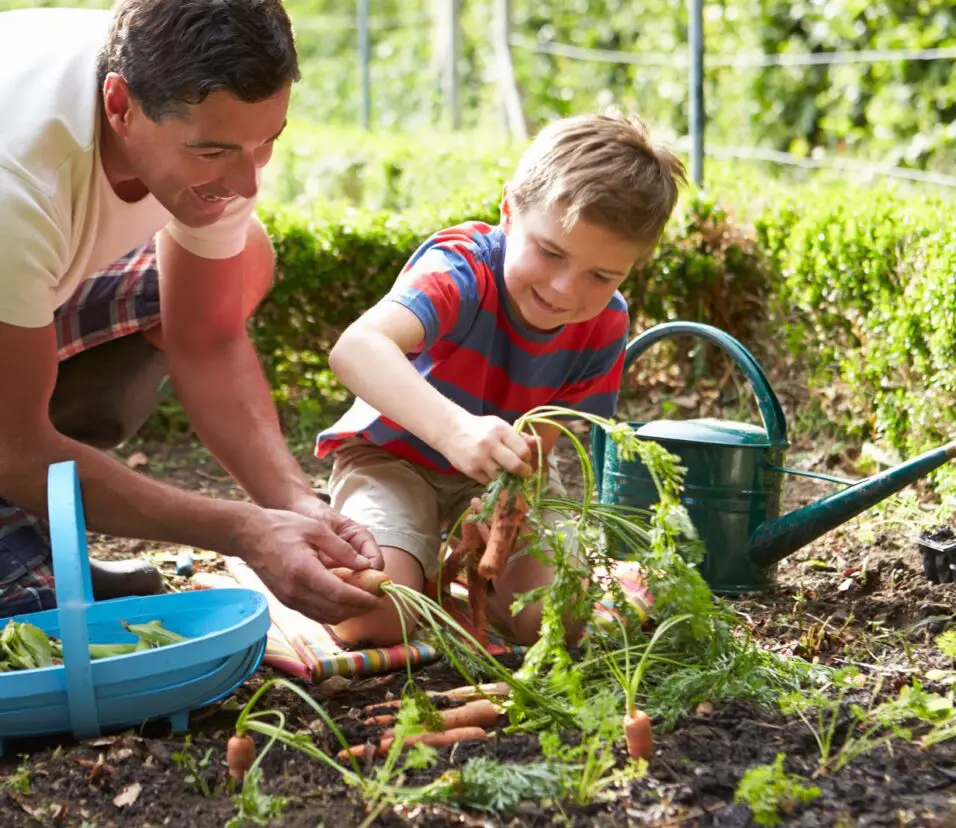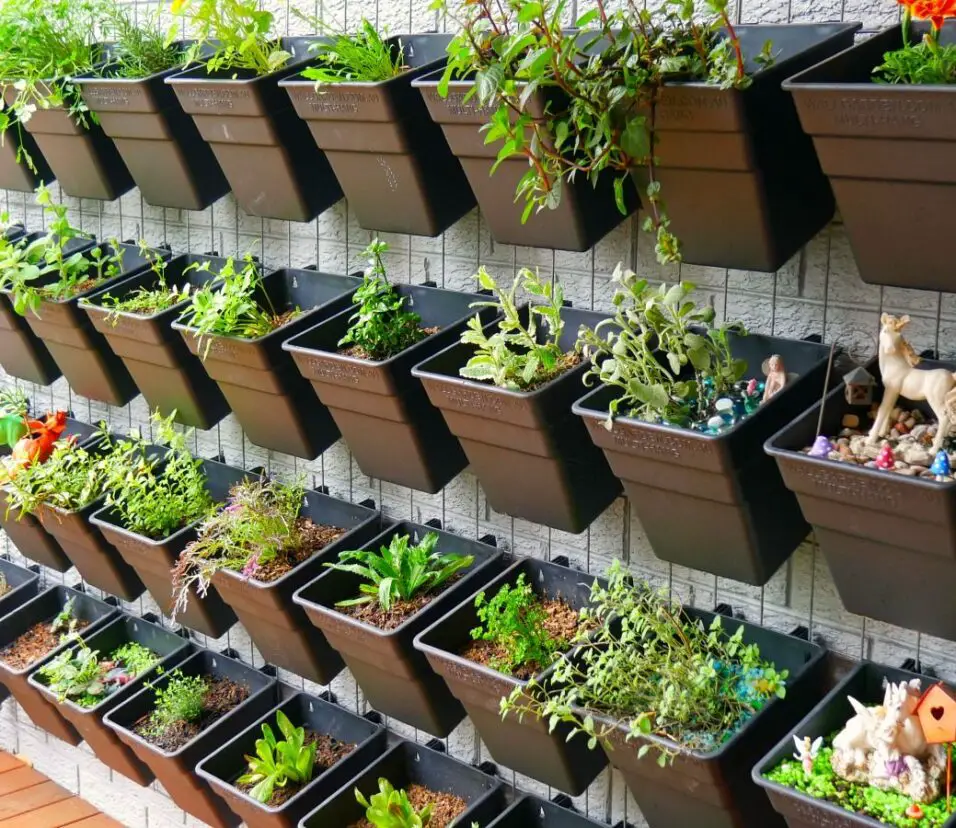How To Disinfect Gardening Tools
Introduction
How To Disinfect Gardening Tools: Maintaining a thriving garden requires not only a green thumb but also the proper care and hygiene of your gardening tools. Regular disinfection of your tools is essential to prevent the spread of diseases, pests, and harmful microorganisms among your plants. Whether you’re a seasoned gardener or just starting out, understanding the importance of tool hygiene is paramount.
Gardening tools come into direct contact with soil, plants, and potentially contaminated surfaces, making them susceptible to carrying pathogens that can negatively impact the health of your garden safe. Disinfecting your tools not only safeguards your plants’ well-being but also prolongs the lifespan of your equipment. Whether it’s a simple pair of pruning shears or a complex irrigation system, every tool has the potential to harbor harmful agents if not properly cleaned and disinfected.
We will delve into the various methods and best practices for effectively disinfecting gardening tools. From basic cleaning routines to utilizing environmentally friendly disinfectants, we will explore a range of options to suit your preferences and needs. By incorporating these practices into your gardening routine, you’ll create a safer and healthier environment for your plants to flourish. So, let’s embark on a journey to learn the art of maintaining not just a bountiful garden, but also a clean and disease-free gardening toolkit.
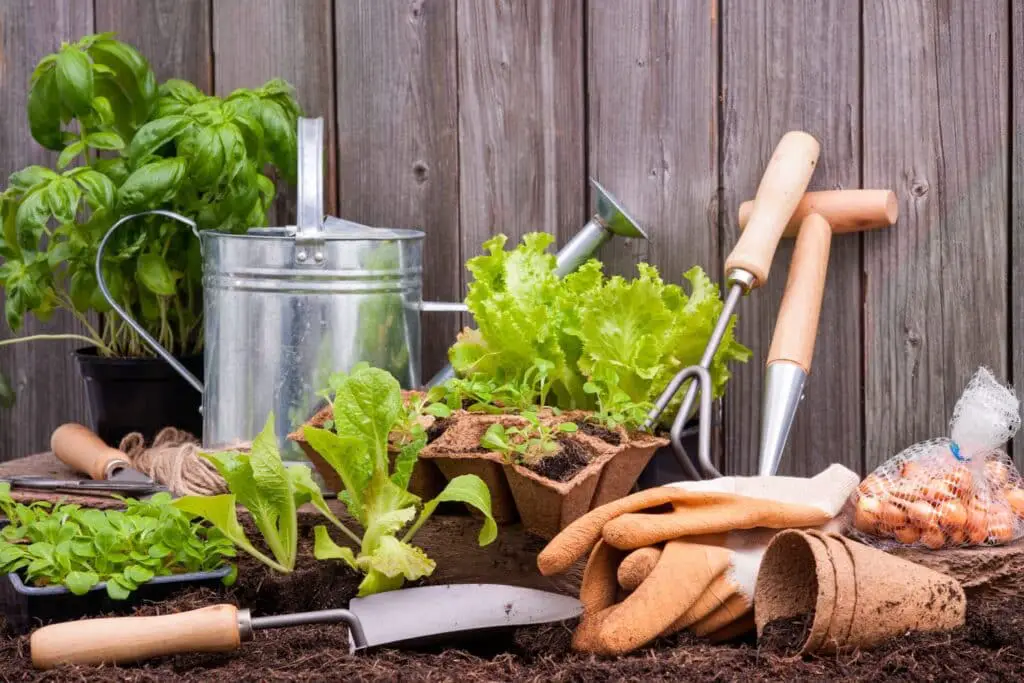
How do you sanitize gardening equipment?
Sanitizing your gardening equipment is crucial for preventing the spread of diseases and ensuring the health of your plants. Begin by removing excess soil and debris from the tools using a stiff brush or hose. For small tools, immerse them in a mixture of water and mild detergent, scrubbing them clean. Larger tools can be wiped down with a cloth soaked in the soapy water.
To disinfect, use a solution of 70% isopropyl alcohol or a mixture of one part bleach to nine parts water. Thoroughly coat the tool surfaces and allow the solution to sit for at least five minutes before rinsing with clean water. Ensure all parts, including handles and crevices, are treated. For a natural alternative, vinegar can be used, but it might be less potent than bleach or alcohol.
After sanitizing, allow the tools to air-dry completely before storing them in a clean, dry area. Regular maintenance and sanitization of your gardening equipment not only safeguard your plants but also extend the life of your tools. By incorporating these simple yet effective practices into your routine, you’ll maintain a healthy and thriving garden.
How do you disinfect pruners?
Ethanol or isopropyl alcohol are ideal for sanitizing pruning equipment because blades can simply be wiped or dipped into disinfectant without a prolonged soak.
Disinfecting pruners is essential to prevent the transmission of plant diseases and maintain the vitality of your garden. Start by wearing gloves to protect your hands. First, remove any plant residue or dirt from the pruners by wiping them with a dry cloth or using a stiff brush.
Next, prepare a disinfectant solution using either isopropyl alcohol or a mixture of one part bleach to nine parts water. Dip a clean cloth or paper towel into the solution and thoroughly wipe down all parts of the pruners, including the blades, handles, and pivot points. Make sure to reach into crevices where dirt and debris can accumulate. Allow the disinfectant to sit on the pruners for at least five minutes to effectively kill any pathogens.
Afterward, rinse the pruners with clean water to remove any residue from the disinfectant solution. Let them air-dry completely before storing them in a dry place. For an alternative natural disinfectant, you can use white vinegar, although its potency might be slightly lower compared to bleach or alcohol.
By regularly disinfecting your pruners, you contribute to the overall health of your garden by preventing the potential spread of diseases from plant to plant. This simple practice ensures that your gardening tools remain a reliable asset for nurturing your plants.
Should I oil my garden tools?
Yes, oiling your garden tools is a beneficial practice that can extend their lifespan and maintain their functionality. Regular oiling helps prevent rust and corrosion, which can occur due to exposure to moisture and the elements. By creating a protective barrier on metal surfaces, you shield your tools from the damaging effects of rust that can hinder their performance.
To oil your garden tools, begin by cleaning off any dirt and debris. Use a cloth to apply a thin layer of oil to all metal surfaces, including blades, hinges, and other moving parts. A light mineral oil or specialized tool oil works well for this purpose. Be cautious not to over-oil, as excessive oil can attract dust and dirt.
After oiling, gently wipe off any excess oil to prevent a buildup that could attract debris. Regular oiling, ideally after each use or at the end of the gardening season, will help maintain the tools’ effectiveness and keep them in good condition.
How do you disinfect metal tools?
There is a nail tech saying that you can properly sanitize & disinfect all metal tools like cuticle pushers, nippers, & e-file bits in isopropyl alcohol for 10 seconds.
Disinfecting metal tools is crucial to prevent the potential spread of pathogens and maintain their effectiveness. Begin by removing any dirt, debris, or plant material from the tools using a brush or by rinsing them with water. Afterward, choose a disinfectant method based on the tools’ condition and the potential risk of contamination.
Allow the disinfectant to sit for at least five minutes before rinsing the tools with clean water. After disinfection, dry the tools thoroughly to prevent moisture-induced corrosion. If your tools are particularly dirty or rusty, you might consider lightly sanding the surfaces before disinfecting. Remember to wear gloves during the process to protect your hands.
What is the importance of disinfecting gardening tools, and how does it contribute to the health of your garden?
Disinfecting gardening tools is of paramount importance as it directly influences the overall health and productivity of your garden. Gardening tools often come into contact with soil, plants, and potentially contaminated surfaces, becoming carriers of pathogens, pests, and diseases. Failure to disinfect these tools can result in the inadvertent spread of harmful microorganisms that can devastate your garden’s vitality.
Proper disinfection plays a pivotal role in preventing the transmission of diseases and pests from one plant to another. By routinely disinfecting tools, you create a barrier against the introduction and proliferation of pathogens, effectively safeguarding the well-being of your plants. This practice becomes particularly crucial when working with plants that are susceptible to various diseases.
Disinfecting tools also aids in minimizing stress on plants, ensuring they receive the necessary care without facing additional challenges from external contaminants. Ultimately, a well-disinfected toolkit reduces the need for chemical treatments and interventions, promoting a more natural and balanced gardening ecosystem. In essence, this practice serves as a proactive measure to maintain the integrity and vibrancy of your garden, fostering an environment where plants can thrive and flourish without the threat of preventable infections.
Could you explain the step-by-step process of disinfecting gardening tools using a bleach solution?
Gather Supplies: Collect your gardening tools, a bucket or container, bleach, water, protective gloves, and a clean cloth or paper towels.
Prepare Bleach Solution: Mix a solution of one part household bleach with nine parts water in the bucket. Ensure the area is well-ventilated and wear gloves to protect your skin.
Clean Tools: Remove excess soil and debris from the tools using a brush or by rinsing them with water. Dry them with a cloth.
Dip and Soak: Let them soak for about 5 to 10 minutes to allow the bleach to effectively disinfect the surfaces.
Wipe Down: Use a clean cloth or paper towel soaked in the bleach solution to wipe down all tool surfaces, including blades, handles, and any crevices.
Rinse and Dry: After disinfection, rinse the tools with clean water to remove any residual bleach. Dry them thoroughly with a clean towel to prevent moisture-induced corrosion.
Storage: Store the disinfected tools in a clean, dry area.
By following these steps, you can effectively disinfect your gardening tools using a bleach solution, reducing the risk of spreading harmful pathogens among your plants.
Can you recommend any natural alternatives to chemical disinfectants for cleaning gardening tools?
White Vinegar: White vinegar has natural antibacterial properties. Mix equal parts of water and white vinegar in a spray bottle and generously spray your tools. Allow them to sit for a few minutes before wiping them down and rinsing with water.
Hydrogen Peroxide: Hydrogen peroxide is another natural disinfectant. Create a solution of equal parts water and hydrogen peroxide and soak your tools for a few minutes. Rinse and dry them thoroughly afterward.
Essential Oils: Certain essential oils like tea tree oil, eucalyptus oil, and lavender oil have antimicrobial properties.
Citrus Solutions: Citrus juices, like lemon or lime, contain citric acid which can have natural disinfecting properties.
Salt and Lemon: Create a paste using salt and lemon juice. Scrub your tools with this mixture to help remove dirt and grime while also providing some disinfecting action.
Remember to rinse and dry your tools thoroughly after using these natural disinfectants to prevent any residue buildup.
How frequently should one disinfect their gardening tools, and does it differ based on the types of plants grown?
However, if you are dealing with particularly virulent plant pathogens or if you’re transitioning between different sections of your garden (such as from vegetables to ornamental plants), it’s recommended to disinfect tools between uses. This prevents cross-contamination and reduces the risk of introducing harmful agents to healthy plants.
Certain plants, like those prone to fungal infections or viruses, may necessitate more frequent disinfection. Seasonal changes and weather conditions can also impact the prevalence of diseases, affecting the recommended disinfection frequency.
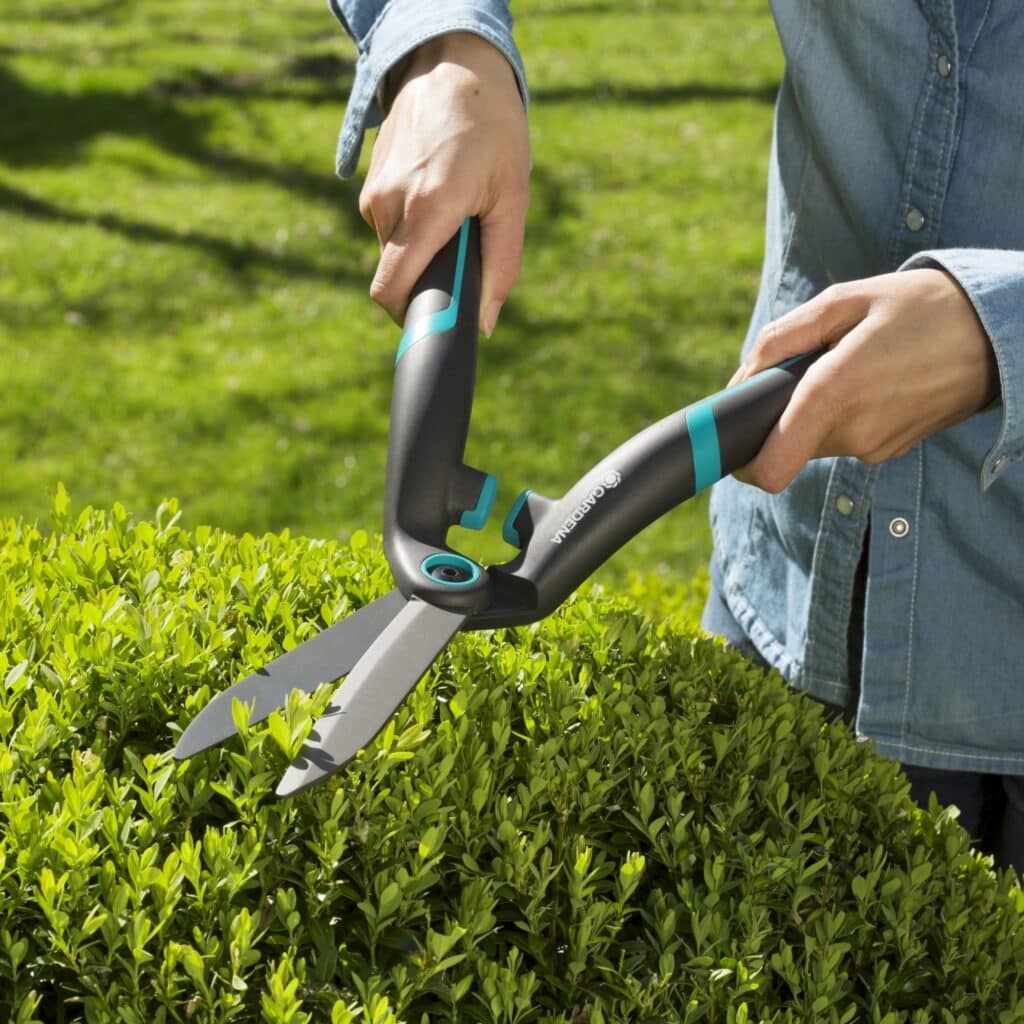
Conclusion
In the intricate tapestry of gardening, the significance of disinfecting tools cannot be overstated. As we conclude this exploration of tool hygiene, it’s evident that this seemingly small practice bears a profound impact on the health and vitality of your garden. The careful cleansing and disinfection of your gardening tools serve as a shield against the incursion of diseases, pests, and pathogens, ensuring the longevity of your plants and the resilience of your garden ecosystem.
By adhering to the guidelines provided, you embark on a journey of responsible gardening tool stewardship. The regular removal of debris, followed by thorough disinfection using either chemical solutions or natural alternatives, becomes an act of nurturing not just the soil and plants, but the very tools that facilitate your horticultural endeavors. This diligence fosters an environment where plants can thrive unhindered by preventable adversities.
Whether you’re cultivating vibrant flowers, nourishing vegetables, or tending to a diverse range of greenery, the principles of tool disinfection remain universally applicable. With each well-maintained tool, you play a role in preserving the balance and beauty of your garden’s ecosystem, while also promoting sustainable gardening practices. As you set forth armed with the knowledge of tool hygiene, remember that the journey doesn’t end here.



